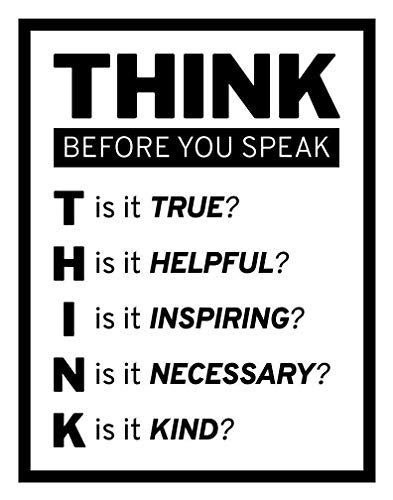Inappropriate answers result from an unawareness of the environment from a Buddhist point of view, instead based on the household equanimity of unknowing, which is a sense of wellbeing based on ignorance. Answers motivated this way are characterized by a lack of specificness in addressing the question. This results from immersion in the multiplicity of experience of the home life as opposed to the singleness of one-pointed concentration practice, and beyond that the undiffusedness of nibbana, the unconditioned element. Such respondents lack the breadth of perception to go beyond the immediate object, and this is a deficiency in mindfulness, where memory of dhamma principles is brought to bear on present events:
"And what are the six kinds of household equanimity? The equanimity that arises when a foolish, deluded person — a run-of-the-mill, untaught person who has not conquered his limitations or the results of action & who is blind to danger — sees a form with the eye. Such equanimity does not go beyond the form, which is why it is called household equanimity. (Similarly with sounds, smells, tastes, tactile sensations, & ideas.)
"And what are the six kinds of renunciation equanimity? The equanimity that arises when — experiencing the inconstancy of those very forms, their change, fading, & cessation — one sees with right discernment as it actually is that all forms, past or present, are inconstant, stressful, subject to change: This equanimity goes beyond form, which is why it is called renunciation equanimity. (Similarly with sounds, smells, tastes, tactile sensations, & ideas.)”——MN 137 (Thanissaro)
“the main role of right mindfulness here
is to remember to provide a solid framework for observing the activity of
fabrication. At the same time, it remembers lessons drawn from right view in the
past—both lessons from reading and listening to the Dhamma, as well as lessons
from reading the results of your own actions”—“Right Mindfulness,” Thanissaro





 I really like that one, thanks
I really like that one, thanks 
